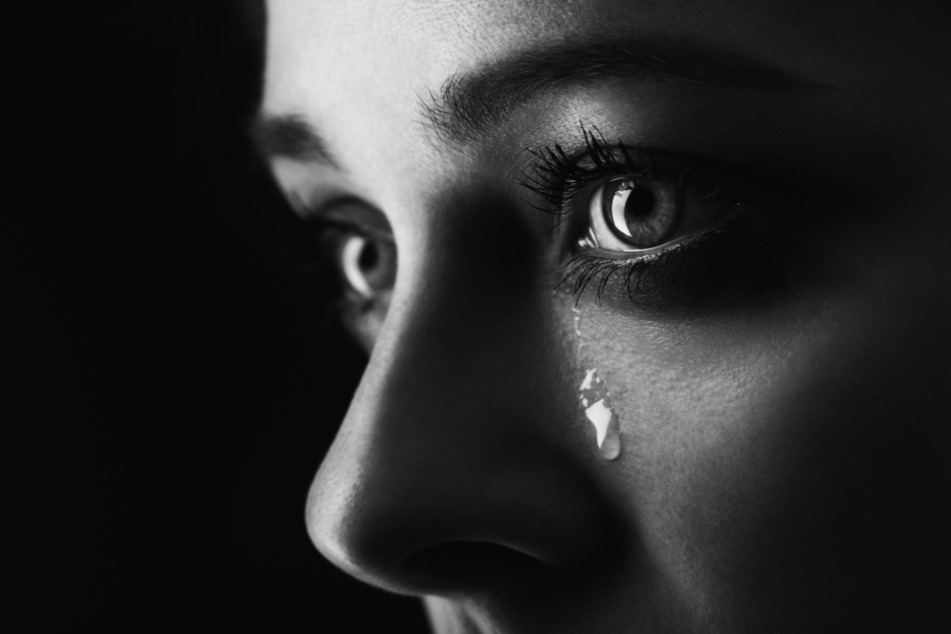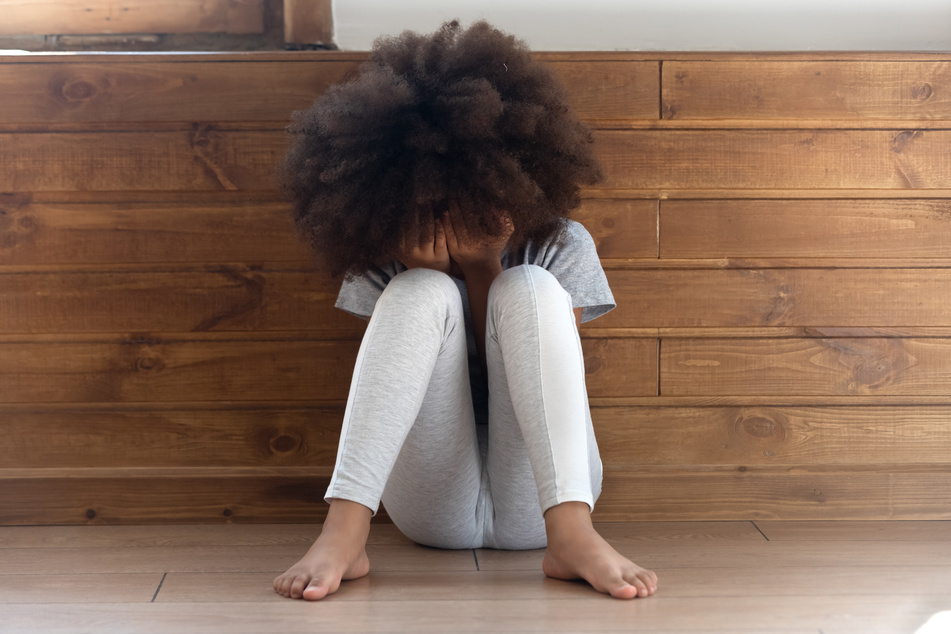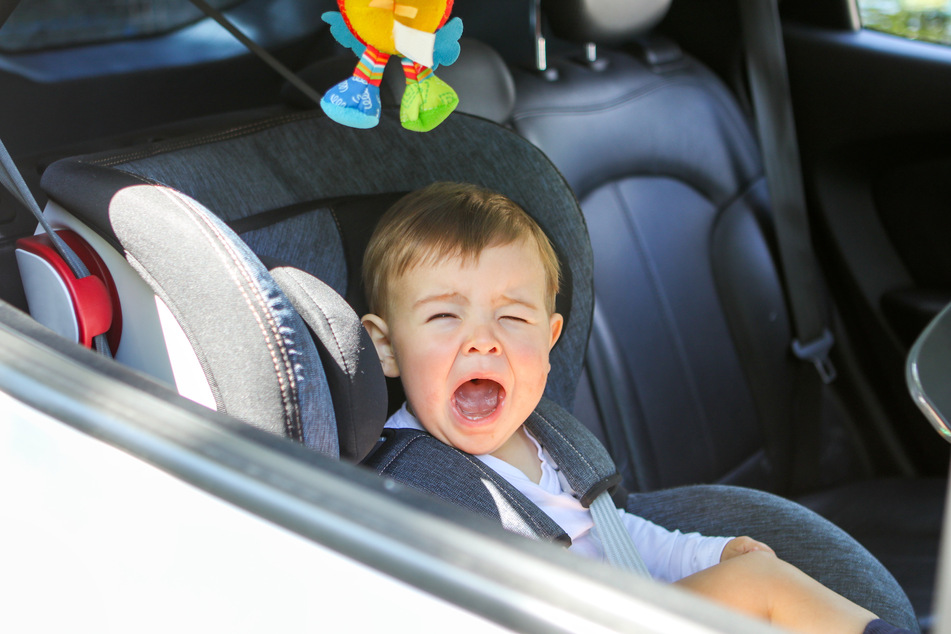Salty new research debunks the myths behind why humans cry
Tilburg, Netherlands – Ariana Grande may have claimed there's "no tears left to cry," but new research shows that people's tears are flowing – for more complex reasons than they may think.

Wailing, howling, sobbing, and blubbering: They all describe the same watershed act that everyone experiences in life.
Humans have been crying since the dawn of time, with each person producing between 18 and 26 gallons of tears over the course of their lifetime.
Yet, research on this phenomenon has been shockingly limited.
A recent review study found that the topic "has received surprisingly little attention from scientists and physicians" and research on "emotional crying is still in the early stages." One of the authors of the new study, Ad Vingerhoets, suspects a misconception is to blame.
"Tears are often seen only as a marker of sadness," said the psychologist and Tilburg University professor from the Netherlands who has studied why people cry for the last 20 years.
But tears "not only contain a lot of information about our current state, but also say a lot about us as a person."
Humans seem to be the only animals who cry in response to intense emotion, but why exactly is that the case?
Women cry more than men only after the age of 13

In addition to emotional tears, there are two other types as well: reflexive tears, caused by outside stimuli such as peeling an onion, and basal tears, which clean and moisten the eyes.
All three tear types consist of water, electrolytes and proteins, but in different concentrations - emotional tears have more protein than reflexive ones, as well as higher amounts of serotonin, for example.
One possible answer that's been given for why people cry is manipulation: In a 2007 study, British researchers reported that babies as young as six months used tactical crying to attract their parents' attention.
For Vingerhoets, this phase of life offers a possible evolutionary explanation for emotional crying: Scientists agree that human crying can be traced to "separation calls" observed in all mammals, a visual signal in addition to the acoustic calls.
Yet, people still cry in adulthood of course, when they are no longer helpless. And there are differences between how often men and women cry: Men cry on average six to 17 times a year, says the German Opthalmological Association, while for women usually it's four or five times higher.
These differences come about only after people get older – it has been found that until age 13, girls and boys cry the same amount and for the same reasons.
Vingerhoets says the big tear triggers – sadness, missing home, love problems, for example – are the same in men and women. However, in everyday situations, a woman is more likely to cry in the face of criticism or conflict.
This could point to internalized feelings of powerlessness among women, while men tend to avoid such situations.
And then, of course, there are the different societal pressures: It's less acceptable for a boy to cry.
Tears may not directly contribute to feeling emotional relief

Vingerhoets doesn't believe in the explanation that tears help people feel better.
"For people to feel better after crying, several factors have to be met, such as a stable overall mental state," he said.
Several studies have shown people with depression, for example, don't find any relief in crying. And traumatic, uncontrollable experiences such as the death of someone close don't get better with tears.
That said, tears do signal a person's emotional state to the outside world: "Of course you feel better when you get emotional support from those around you," said Vingerhoets.
However, he doesn't believe that it's unhealthy to suppress crying, unless it's part of an overall suppression of emotions, indicating a bigger personality problem.
In fact, a comparison between people who rarely cry and those who do it often found no difference in their general well-being. People who cry more often felt more empathetic and received more social support – an observation that gives Vingerhoets a clue as to why humans cry.
"Tears bind and create a social glue," he explained.
Vingerhoets wants to take a stronger scientific look at the core personalities of people who cry more often – the research until now has focused mainly on how such people are perceived. And while adjectives like warm, honest and reliable are often attributed to them, it's unclear whether these qualities correspond to reality.
"The ancient Greeks used to say that only good people cry - I wonder if there's any kernel of truth in that," said Vingerhoets.
Cover photo: 123RF/ chepko
